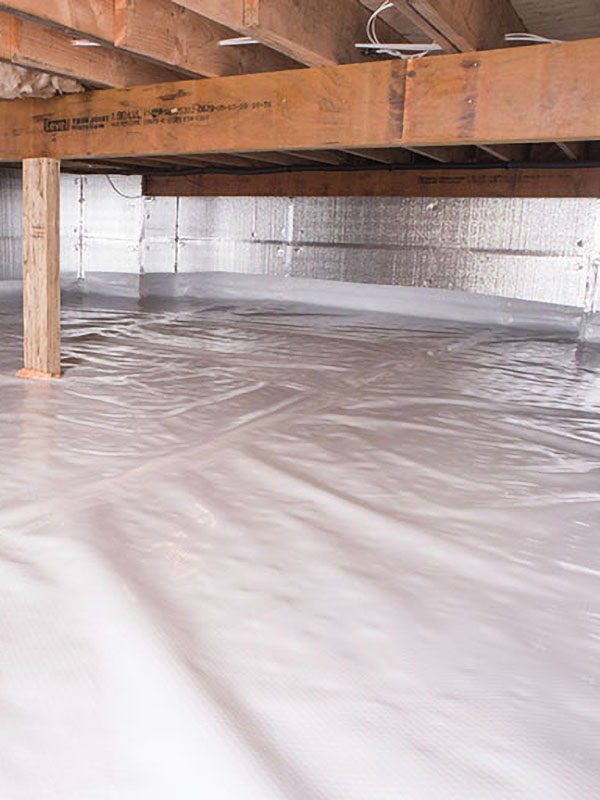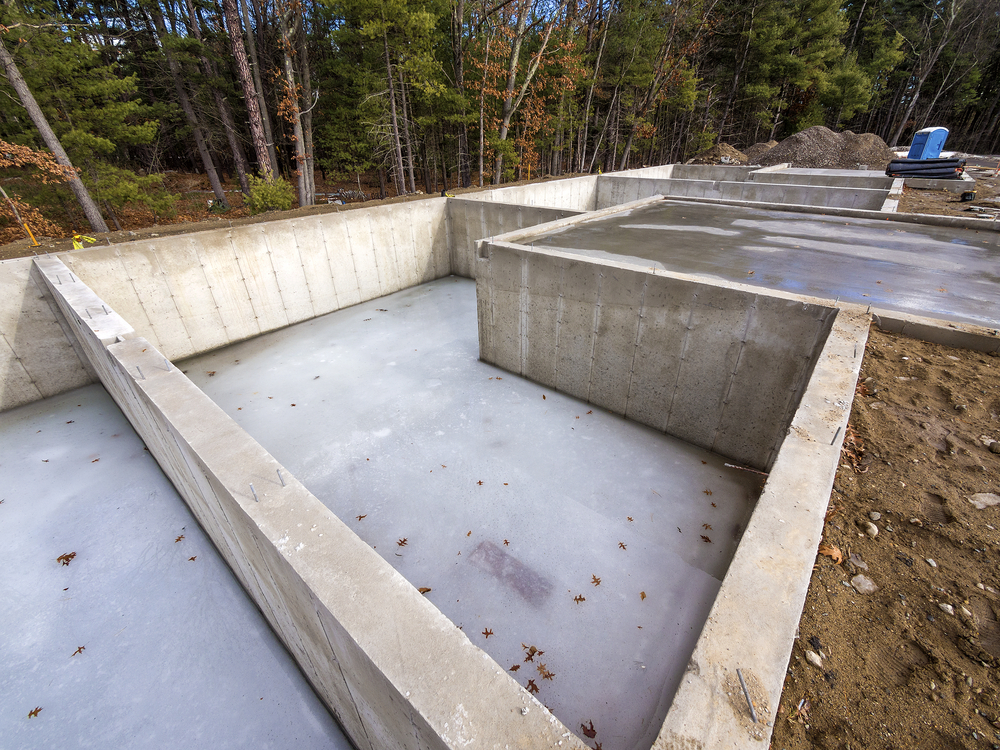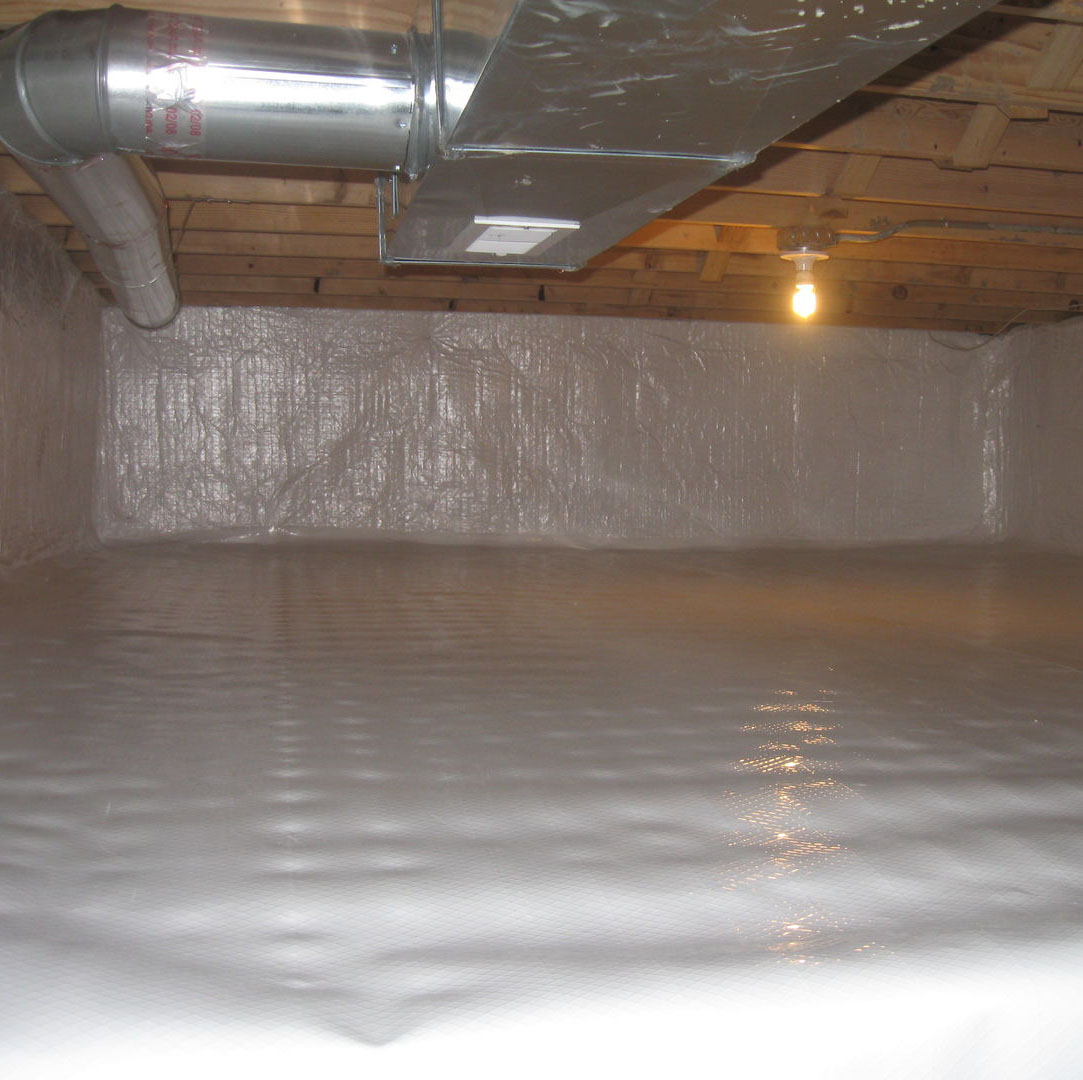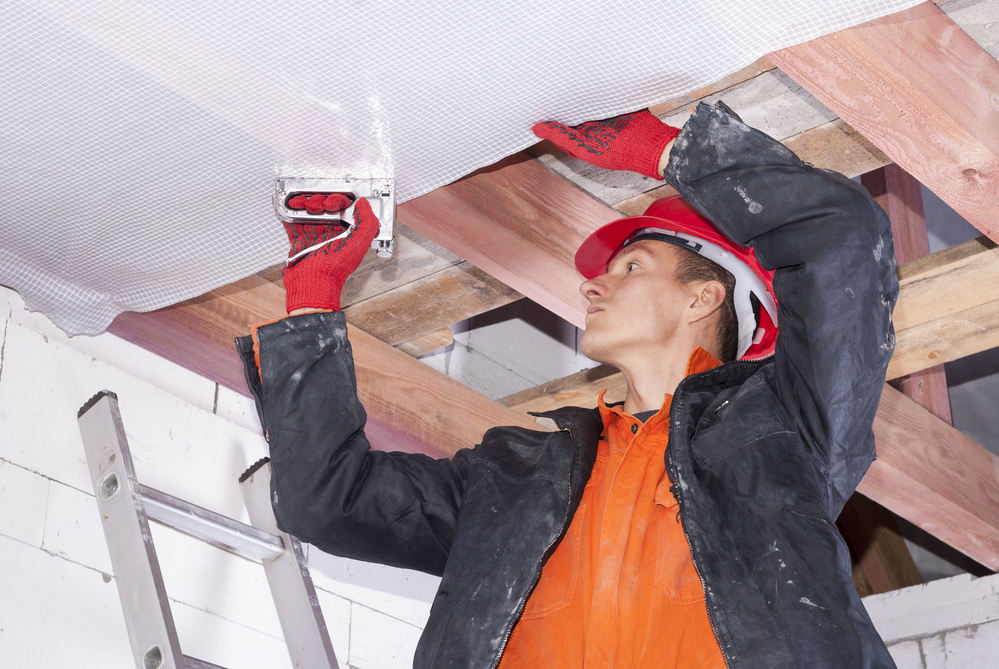Did you know that as much as 50% of your household air flows up through the crawl spaces underneath your flooring. That means several things for both air temperature and quality if the crawl space is not encapsulated.
First, it means the ambient air temperature has direct access to your home, compromising the hard work your forced air system is doing to maintain your thermostat settings. Second, any dirt, debris, pest waste, mold spores, or other micro-particles have direct access to the air you breathe in your home.
This is why it is so important to encapsulate crawl spaces, which minimizes the potential for all of the above. Protecting the crawl spaces underneath your first floors is one of the most important home repairs or improvements you can make.
Contact us here at Attic Solutions office to schedule a free inspection of your crawl space(s), and we’ll let you know if they lack a proper vapor barrier or encapsulation.
Your crawl space is a hollow space between the dirt ground and the home's first floor materials, and is typically between one-foot and three-feet high. It elevates the home in an attempt to protect it from direct ground contact (and water accumulation), and crawl spaces also offer a hidey-hole to disguise some of the home’s internal workings such as plumbing, electrical, and HVAC equipment.
However, that same “hollowness” and direct contact with the ground is why Oakland crawl space encapsulation is so important.
The process is similar to the one contractors or landscapers use when lining the interior of a pool, pond, or in-ground water feature to prevent leaks. Only, in this case, we cover the floors, walls and (often) the ceiling with a heavy-duty, polyethylene sheeting. The sheets are attached to the surfaces using a special tape.
Once the crawl space is completely encapsulated, we recommend testing the humidity levels both underneath and inside the home. If they go above recommended humidity levels for a home (30% to 60% - for an average humidity level of 55%), we also recommend installing a dehumidifier. Your licensed insulation professional and vapor barrier installer will help you select the best dehumidifier for your crawl space based on its square footage and the average moisture level or potential for moisture in the microclimate where your home is located.

Concrete is so tough that many people do not realize it is also porous (contains small openings). These pores allow moisture to seep up and through into your home. All kinds of particulate matter (moisture, dust, mold/mildew spores, fungus, pest dander or waste products, etc.) can travel right along with those moisture droplets and inside the home space.
The vapor barrier function is enhanced with the addition of a dehumidifier. Together, a professionally installed vapor barrier and dehumidification system keep the air in the crawl space as clean and dry as possible. Once it is installed, you or your insulation contractor should inspect the crawlspace barrier at least once per year to ensure it is intact, all of the margins are sealed securely, and that there are no holes, tears, or perforations that would compromise its performance.

The most valuable benefits of creating a crawl space vapor barrier are:
Your HVAC works hard to maintain the thermostat setting. If your house is damp and cold (or hot) as a result of the airflow from unprotected crawl spaces, it’s working overtime to make up the difference. In addition to higher repair costs due to excess wear and tear, your HVAC will need to be replaced more often.
If you’ve purchased an older home, there is almost no point in updating your HVAC system if you haven’t addressed the crawl space. A crawl space that has no vapor barrier or moisture control system in place is working against your HVAC system.
This is why we advocate a three-step system when you’re ready to update your heating/cooling system:
Once those steps are accomplished, you will be ready to reap the benefits of your new HVAC installation.

Here are some signs or red flags indicating your crawl space would benefit from a clean up and the addition of a vapor barrier.
Your home has mold and mildew issues or has a damp, musty smell (Click Here to learn more about how to detect mold and mildew in your home)
If you notice any of the following, contact a licensed insulation contractor and schedule a thorough inspection to determine if your crawl spaces are a culprit.

The team at Attic Solutions has years of experience providing Oakland crawl space encapsulation services, cleaning, and insulation replacement.
Contact us to schedule a free inspection and estimate, or to schedule an appointment. We’ll get your home’s crawl space into shape before the next peak hot or cold seasons.